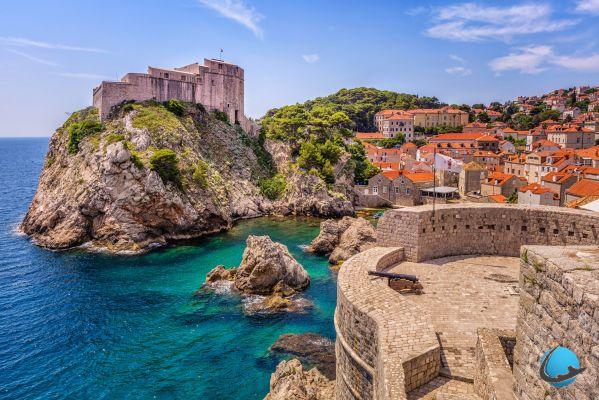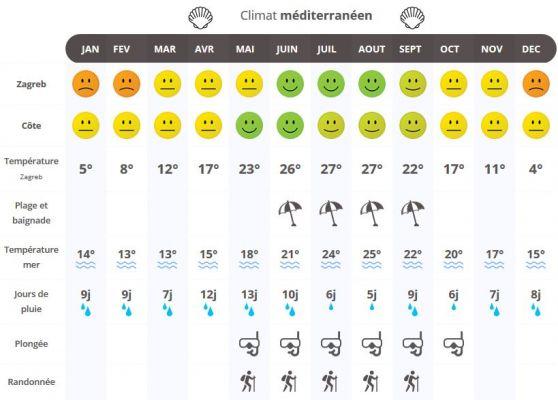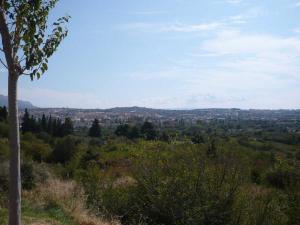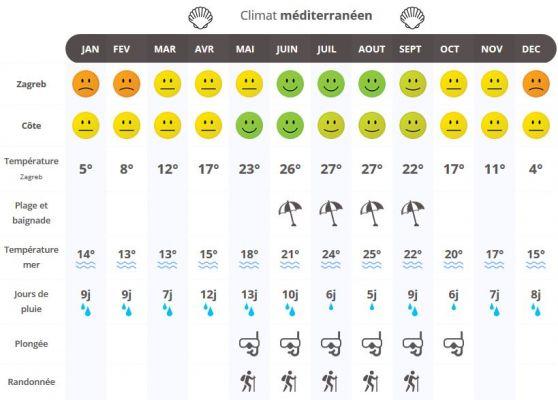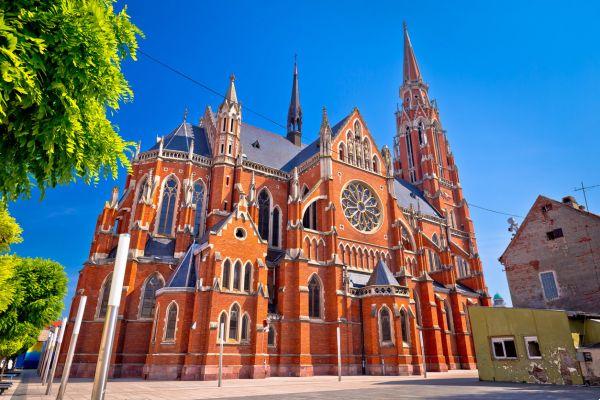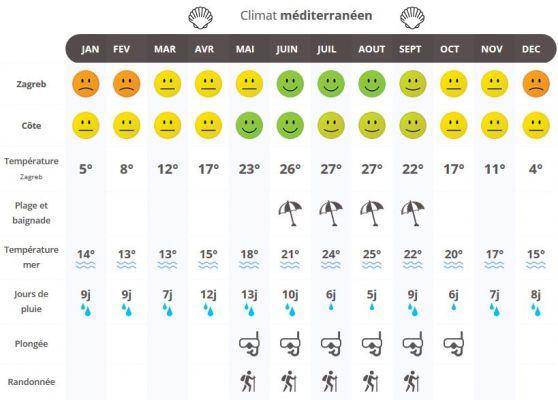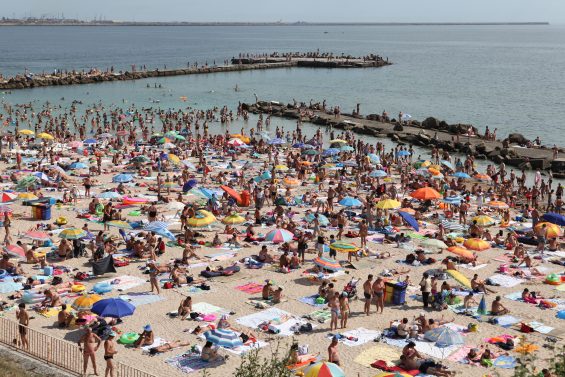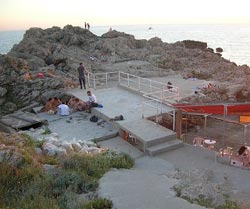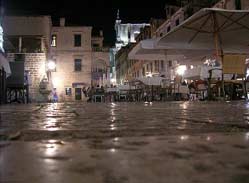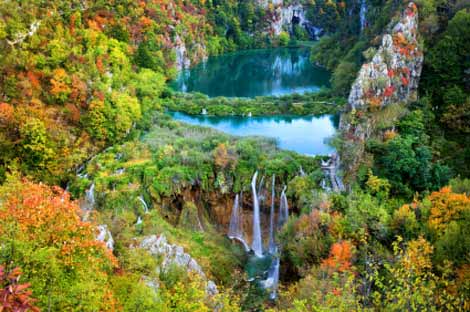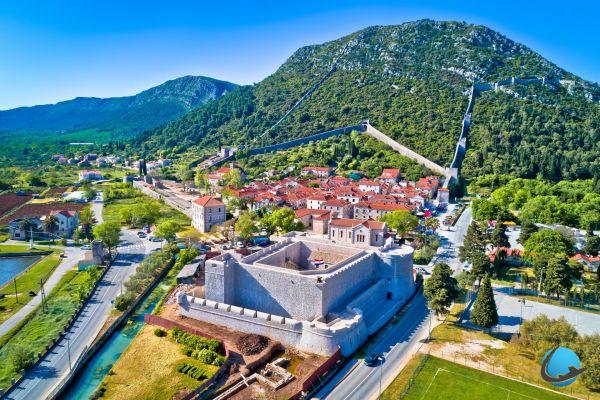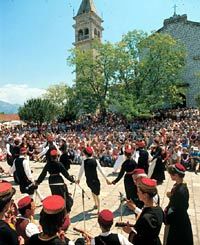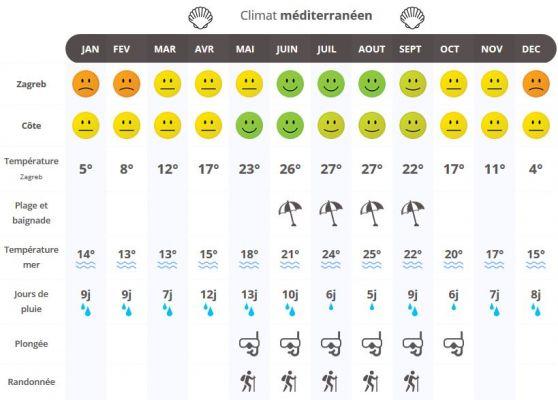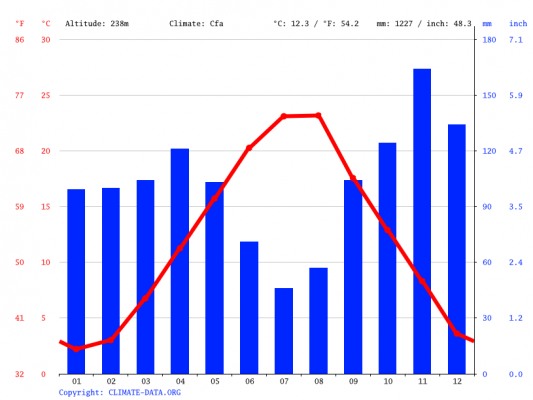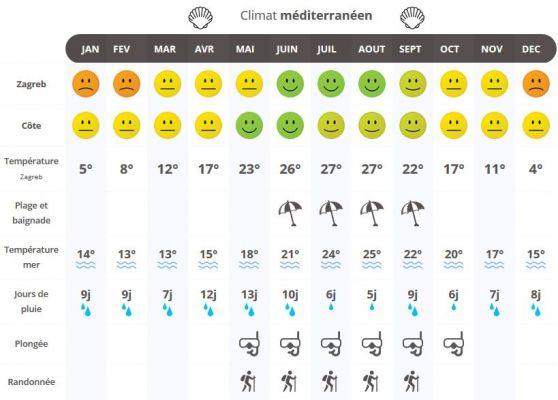
Annual average climate in Croatia
- Minimum annual temperature: 9°C
- Average annual temperature: 14°C
- Maximum annual temperature: 18°C
- Precipitation: 88 mm/month (with 10 rainy days/month)
The best time to go to Croatia
| Min / Max | Precipitation | |
| January | 1 ° / 7 ° | 89mm / 11 days |
| february | 1 ° / 8 ° | 79mm / 10 days |
| March | 4 ° / 12 ° | 86mm / 11 days |
| April | 8 ° / 17 ° | 81mm / 11 days |
| may | 12 ° / 22 ° | 78mm / 10 days |
| June | 16 ° / 26 ° | 67mm / 9 days |
| July | 18 ° / 29 ° | 51mm / 7 days |
| August | 18 ° / 28 ° | 67mm / 7 days |
| September | 14 ° / 23 ° | 107mm / 9 days |
| October | 10 ° / 18 ° | 107mm / 10 days |
| November | 6 ° / 13 ° | 131mm / 12 days |
| December | 2 ° / 8 ° | 115mm / 12 days |
These weather forecasts have been calculated using data from weather stations spread across Croatia.
Details by cities
Check the climate forecast for the 10 largest cities in Croatia:
- destination (13°C on average | 72 mm of rain/month over 11 days)
see the detail > - Split (17°C on average | 68 mm of rain/month over 9 days)
see the detail > - Rijeka (15°C on average | 131 mm of rain/month over 10 days)
see the detail > - Osijek (12°C on average | 57 mm of rain/month over 10 days)
see the detail > - Zadar (17°C on average | 71 mm of rain/month over 9 days)
see the detail > - Varazdin (12°C on average | 66 mm of rain/month over 10 days)
see the detail > - Dubrovnik (18°C on average | 99 mm of rain/month over 9 days)
see the detail > - Knin (14°C on average | 87 mm of rain/month over 10 days)
see the detail >
F.A.Q.
Which are the hottest cities in Croatia?
The following cities record the highest average maximum temperatures over the year:
Dubrovnik (with 21°C), Zadar (with 20°C), Split (with 20°C), Rijeka (with 19°C), destination (with 17°C), …
Which are the coldest cities in Croatia?
These cities are among those with the lowest average temperatures over the year:
Varazdin (with 11°C), Osijek (with 12°C), destination (with 13°C), Rijeka (with 15°C), Zadar (with 16°C), …
Which cities have the least rain in Croatia?
The following cities are among the driest in the country and record the fewest number of rainy days over the year:
Zadar (with 103 rainy days), Split (with 104 rainy days), Dubrovnik (with 110 rainy days), Rijeka (with 120 rainy days), Varazdin (with 120 rainy days), …
Which cities in Croatia have the most rain?
These cities are among the rainiest in the country:
Rijeka (with 131 mm/month), Dubrovnik (with 99 mm/month), destination (with 72 mm/month), Zadar (with 71 mm/month), Split (with 68 mm/month), …
Which are the hottest months in Croatia?
The months of the year with the highest maximum temperatures are:
July (with 29°C), August (with 28°C), June (with 26°C), …
Which are the coldest months in Croatia?
The months of the year with the lowest average temperatures are:
January (with 4°C), february (with 5°C), December (with 5°C), …
Which are the driest months in Croatia?
The months of the year with the least rainfall are:
July (with 51 mm/month), June (with 67 mm/month), August (with 67 mm/month), …
Which are the rainiest months in Croatia?
The months of the year with the most rain are:
November (with 131 mm/month), December (with 115 mm/month), September (with 107 mm/month), …
The traveler's toolbox 🧳
Prepare, compare, and book your trip with our selection of must-see sites:
🛏 Booking: find your hotel/accommodation around the world
🔁 HomeExchange: the #1 home exchange platform
✈️ Skyscanner: surely the best flight comparator
⏱ LastMinute: the best offers for leaving at the last minute
🚗 RentalCars: search and compare car rental
🎟 GetYourGuide: book unforgettable tours and experiences




